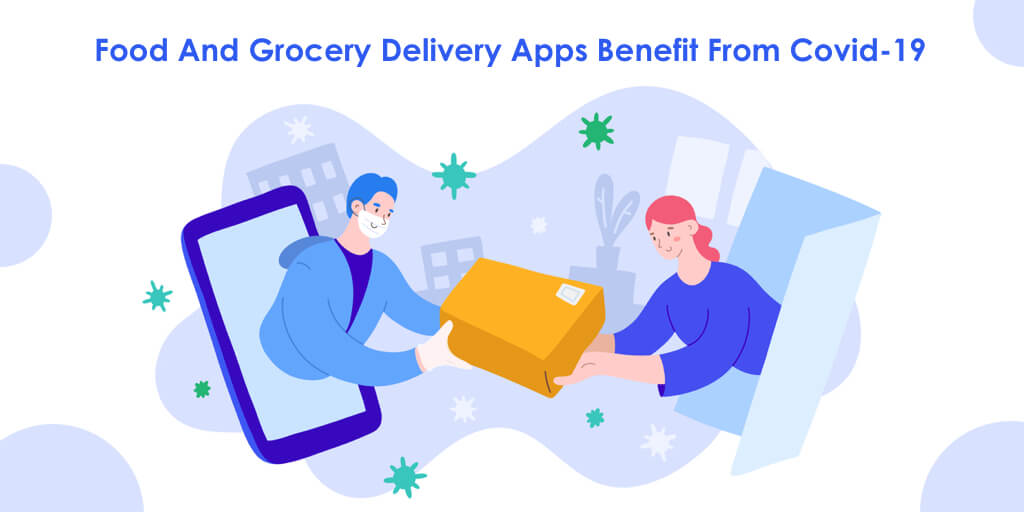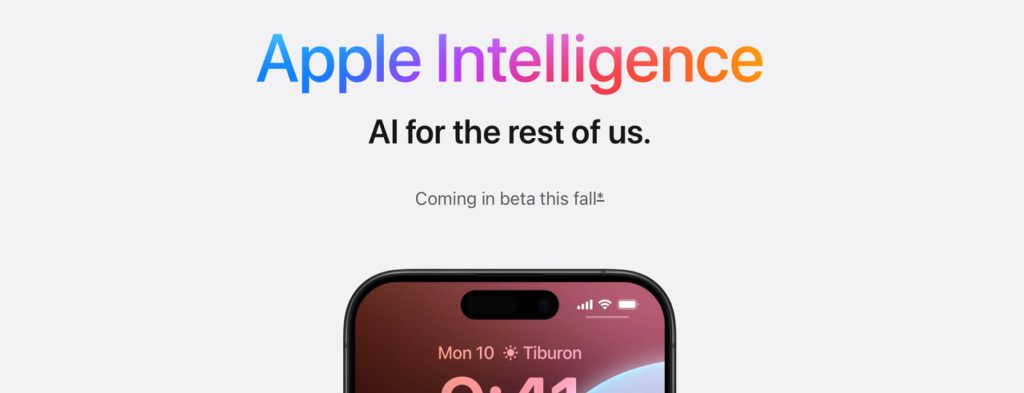It seems like pizza and chinese food delivery have always been popular, but getting food delivered from other locations wasn’t so common.
Obviously, Covid-19 changed all of that.
It’s forced us all to explore what it’s like to order online from our favorite restaurants and even some we’ve never tried. The age of food delivery is upon us, and so far, it’s ruled by a very small group of apps.
How did that happen?
Keep reading to find out.
Established Businesses Missed A Big Opportunity
Before Covid-19 forced us all to become hermits, there was already some innovation happening in food delivery. The success Uber achieved in flipping the taxi industry upside down inspired an army of entrepreneurs to carry the same formula into other industries.
Food delivery was an easy choice.
The largest fast food chains in the world had completely ignored the secret delivery desires of their customers. McDonald’s, Subway, Wendy’s, Burger King and even Chick-fil-A missed the opportunity to own their food delivery supply chain. And most small mom and pop restaurants weren’t capable of handling the expense and management of a delivery team. The industry was perfectly positioned to be disrupted.
With no competition and clear demand, three apps began to capture the market: Grubhub, Uber Eats and DoorDash. All three include 1000s of restaurant menus and rely on gig workers to use their own vehicles to pick up and deliver orders from businesses. The apps tell their drivers where to go and when, so it works in a very similar way to the original Uber car service.
But the big difference is that instead of moving people, they’re moving food. Customers are happy to pay the additional fees for delivery to avoid trips out. It looks like a win for everyone, even the restaurants, until you really start to consider the consequences. Since the delivery apps have direct control of each restaurant’s customers, it’s possible for them to steer them toward other food choices. Being a middleman puts the delivery apps in a very powerful position, which isn’t equally beneficial for the restaurant operators. There’s a price to having your industry disrupted.
Let’s take a more detailed look at the top food delivery options. They all have similar pricing models, but are still worth exploring:
Grubhub
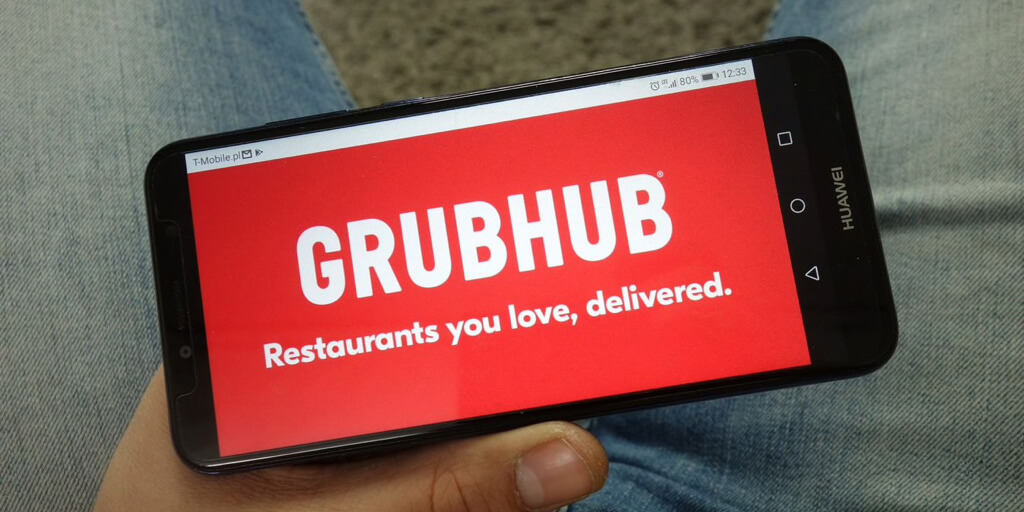
One of the perks to using Grubhub and their others are their subscription services. For $9.99 per month, you can get unlimited free deliveries. No matter what, Grubhub charges restaurants a fee for all the orders made within its app, so it’s always going to be profitable. It also offers rewards perks from many of its participating restaurants, so there are plenty of coupons flowing through the system.
Remember what we mentioned above about restaurants being at a disadvantage? Those who pay to run specials in the app get more attention while the ones who don’t, miss out. It creates a never-ending loop where restaurants have no choice but to hurt their bottom-lines by running more and more promotions just to stay competitive.
Uber Eats

Similar to the subscription offered by Grubhub, Uber Eats allows users to pay for a subscription that allows them to avoid all delivery fees and get a 5% discount on all orders for $9.99 per month. And although Uber Eats is a separate app from the Uber ride-sharing service, customer information is automatically imported from one app to the other. So for anyone who already uses the Uber app, experimenting with Uber Eats is a simple process.
DoorDash
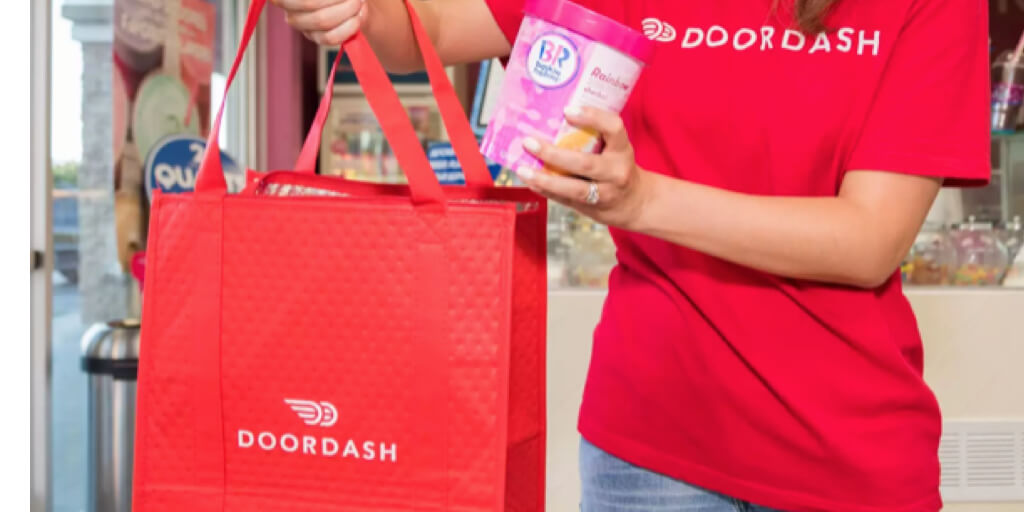
Among the other services listed, DoorDash offers slightly fewer perks for users. It also has a $9.99 per month subscription service that eliminates delivery fees, but it is only for orders that cost more than $15 and there is no discount on food purchases.
Bonus Delivery App: Instacart
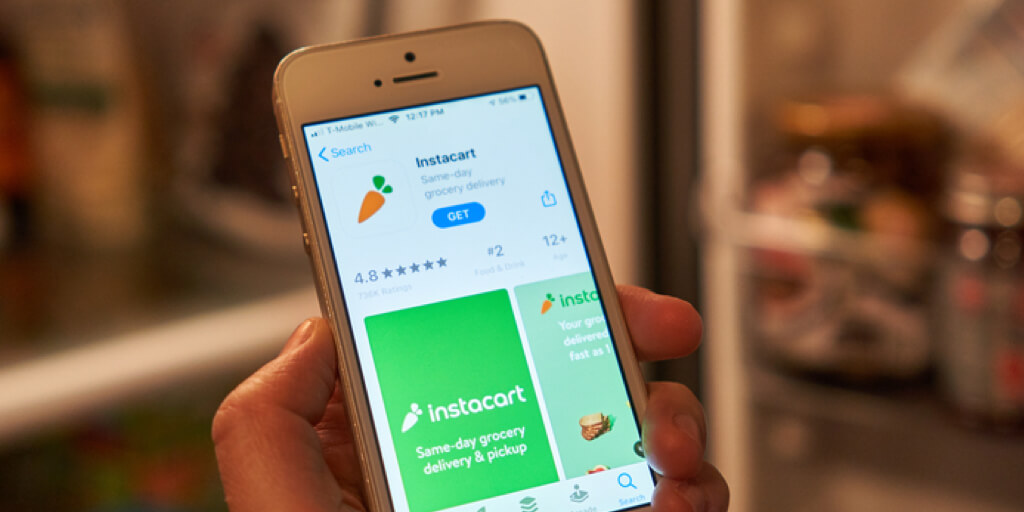
This one doesn’t do restaurant delivery, but it’s just as important during a pandemic. Instacart allows users to get groceries delivered. The largest grocers in the US were slowly rolling-out delivery services before Covid-19, but demand was small. It seemed as though most consumers preferred to pick their groceries by hand. Mid-size and smaller grocers weren’t doing delivery, but most had at least begun to consider curbside-pickup options, if they had an app.
Instacart has been able to capture the lion’s share of the grocery delivery market due to few competitors. And just like the other apps listed, Instacart offers a subscription for $9.99 per month that provides unlimited free delivery for orders above $35.
Blue Whale Apps’s Capabilities
Our team can help your organization create engaging user experiences no matter what device they’re using. From iOS to Android to the web, the only constraint is the limits of your imagination. So if you want a delivery app that allows placing orders through an augmented reality interface, we can make it happen for you.
Blue Whale Apps specializes in end-to-end development for Fortune 1000 businesses and government agencies. Our team can help you create ideas to expand your services, build the infrastructure to support them, connect to any APIs you’re currently using, formulate an innovative user experience, and handle all development and maintenance tasks. Recent projects have included apps within the healthcare, technology, public utilities, entertainment, retail, consumer products and automotive industries. And last year, Blue Whale Apps was named the #1 Mobile App Developers by AppFutura, Clutch, and Good Firms in 2019.
The world of grocery and food delivery services is still very much like the wild west, so you’re not too late to offer your own flavor in this space. As you can see, the largest players offer similar services, so it looks like they may be ripe for disruption, as well. The first step is to get your own branded app. When you control your business ecosystem, there’s no chance for a middleman to get between you and your customers.
